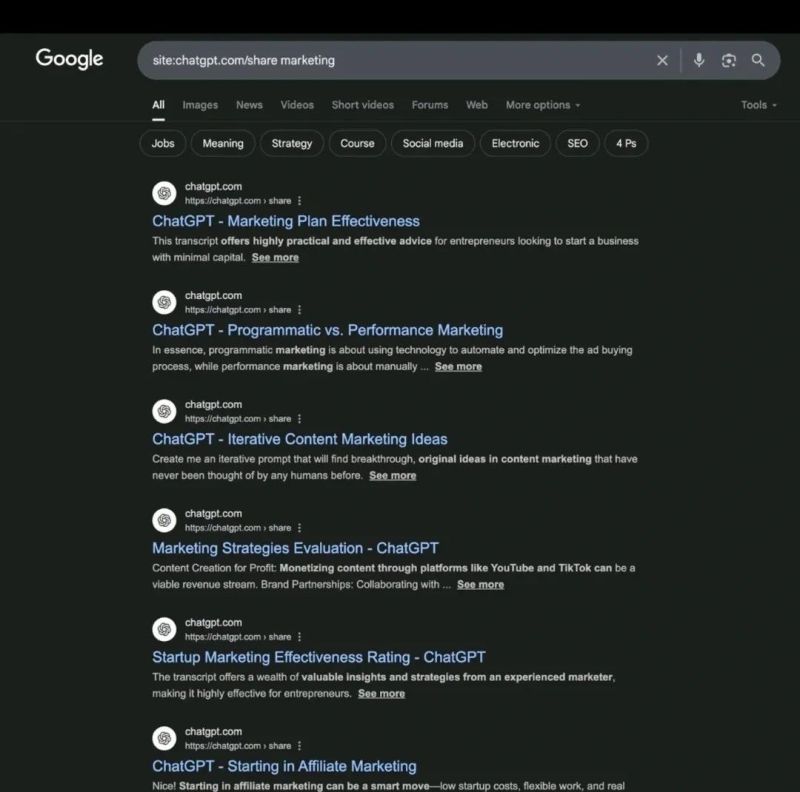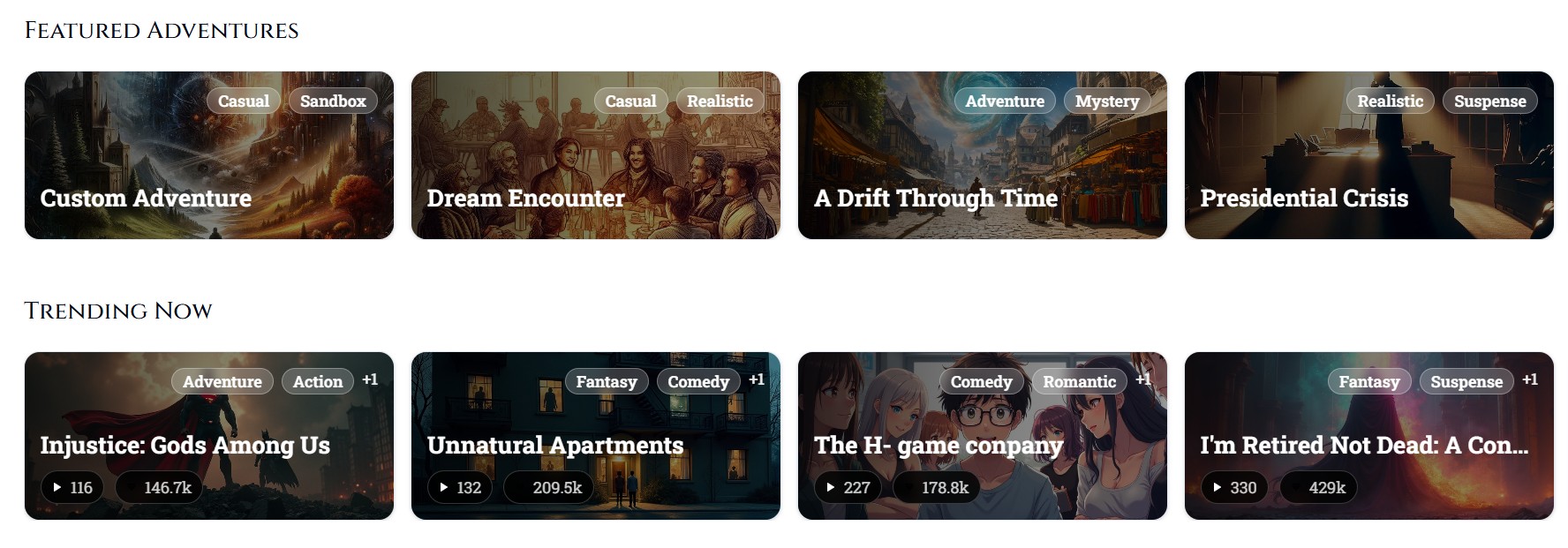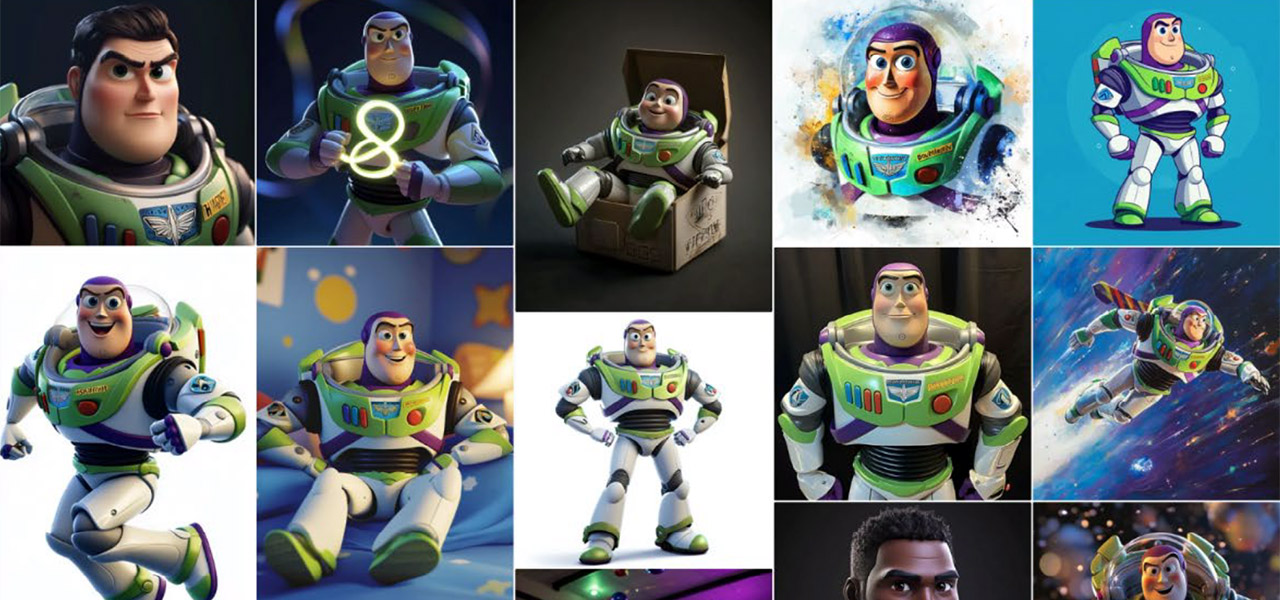BREAKING NEWS
LATEST POSTS
-
AI and the Law – 𝗬𝗼𝘂𝗿 (𝗽𝗿𝗶𝘃𝗮𝘁𝗲𝗹𝘆) 𝘀𝗵𝗮𝗿𝗲𝗱 𝗖𝗵𝗮𝘁𝗚𝗣𝗧 𝗰𝗵𝗮𝘁𝘀 𝗺𝗶𝗴𝗵𝘁 𝗯𝗲 𝘀𝗵𝗼𝘄𝗶𝗻𝗴 𝘂𝗽 𝗼𝗻 𝗚𝗼𝗼𝗴𝗹𝗲
Many users assume shared conversations are only seen by friends or colleagues — but when you use OpenAI’s share feature, those chats get now indexed by search engines like Google.
Meaning: your “private” AI prompts could end up very public. This is called Google dorking — and it’s shockingly effective.
Over 70,000 chats are now publicly viewable. Some are harmless.
Others? They might expose sensitive strategies, internal docs, product plans, even company secrets.
OpenAI currently does not block indexing. So if you’ve ever shared something thinking it’s “just a link” — it might now be searchable by anyone. You can even build a bot to crawl and analyze these.
Welcome to the new visibility layer of AI. I can’t say I am surprised…
-
Stefan Ringelschwandtner – LUT Inspector tool
It lets you load any .cube LUT right in your browser, see the RGB curves, and use a split view on the Granger Test Image to compare the original vs. LUT-applied version in real time — perfect for spotting hue shifts, saturation changes, and contrast tweaks.
https://mononodes.com/lut-inspector/

-
Python Automation – Beginner to Advance Guid
WhatApp Message Automation
Automating Instagram
Telegrame Bot Creation
Email Automation with Python
PDF and Document Automation
FEATURED POSTS
-
Open Source Nvidia Omniverse
blogs.nvidia.com/blog/2019/03/18/omniverse-collaboration-platform/
developer.nvidia.com/nvidia-omniverse
An open, Interactive 3D Design Collaboration Platform for Multi-Tool Workflows to simplify studio workflows for real-time graphics.
It supports Pixar’s Universal Scene Description technology for exchanging information about modeling, shading, animation, lighting, visual effects and rendering across multiple applications.
It also supports NVIDIA’s Material Definition Language, which allows artists to exchange information about surface materials across multiple tools.
With Omniverse, artists can see live updates made by other artists working in different applications. They can also see changes reflected in multiple tools at the same time.
For example an artist using Maya with a portal to Omniverse can collaborate with another artist using UE4 and both will see live updates of each others’ changes in their application.







